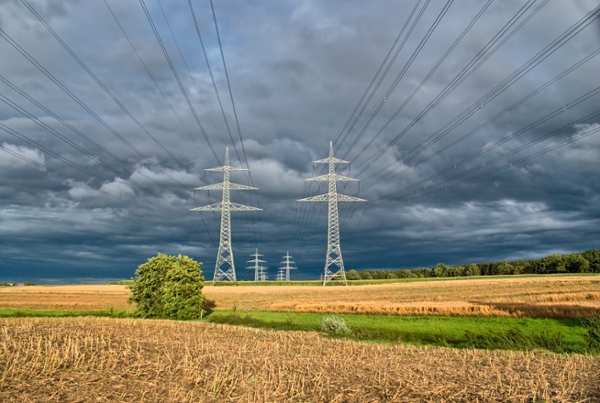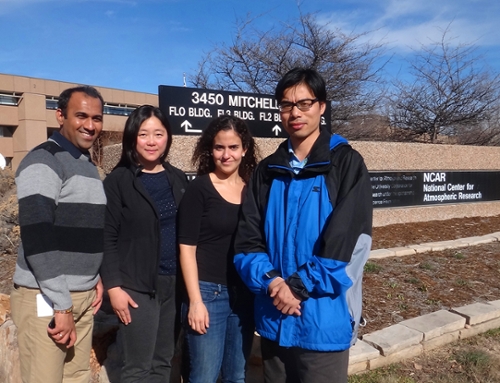
Predicting extreme events
Research profile of Yanping Li, assistant professor in the School of Environment and Sustainability and GIWS member.
By Meagan Hinther
This article originally appeared in the Winter 2015 edition of Water News.
On a geographical scale, Yanping Li’s research field is expansive. She deals with convective weather patterns high above us and soil moisture gradients deep below us. Li is a hydroclimatologist – a scientist that studies the moisture in the atmosphere and the water in and on the surface of the Earth. Important knowledge to have when considering whether the future brings drought or floods to a particular region.
“My goal is to get a fundamental understanding of how global warming affects the hydrological cycle and clarify the possible effects of climate change on regional water resources,” said Li. “What inspires me is to help address public concerns about whether or not severe storms and flooding – such as the June 2013 floods in Alberta - are more likely to occur and become more severe in the future.”
Originally from southeastern China, Li joined the Global Institute for Water Security in January 2013 as assistant professor in the School of Environment and Sustainability. She came to Saskatoon from the United States National Centre for Atmospheric Research where she still has an active research collaboration. She holds a Bachelor of Science from Sun Yat-Sen University in China where she did a double major in atmospheric science and computer science, and a masters and PhD in atmosphere, ocean and climate dynamics from Yale University.
“The U of S offers an ideal environment to grow my research program. I benefit a lot from the highly interdisciplinary environment of SENS and the exceptional concentration of expertise in water research at GIWS,” explained Li. “My research group also collaborates closely and interacts actively with researchers at Environment Canada and with academic units across campus.”
Over the next few years, Li’s research plans are to understand the important physical mechanisms that control the initiation, frequency and severity of thunderstorms over the Prairies. Li and her research group run observational data gathered at GIWS stations throughout the Boreal Forest and Prairies through giant supercomputers specializing in climate modelling. As certain inputs are tweaked, like past precipitation and soil moisture, the group can predict how often thunderstorms may arise, and the amount of rain they may dump on the Prairies.
“With the understanding of how climate change will affect storms and extreme events, we can help communities plan their infrastructure and adapt to global warming. I hope my research will increase public enthusiasm for living more sustainably.”
